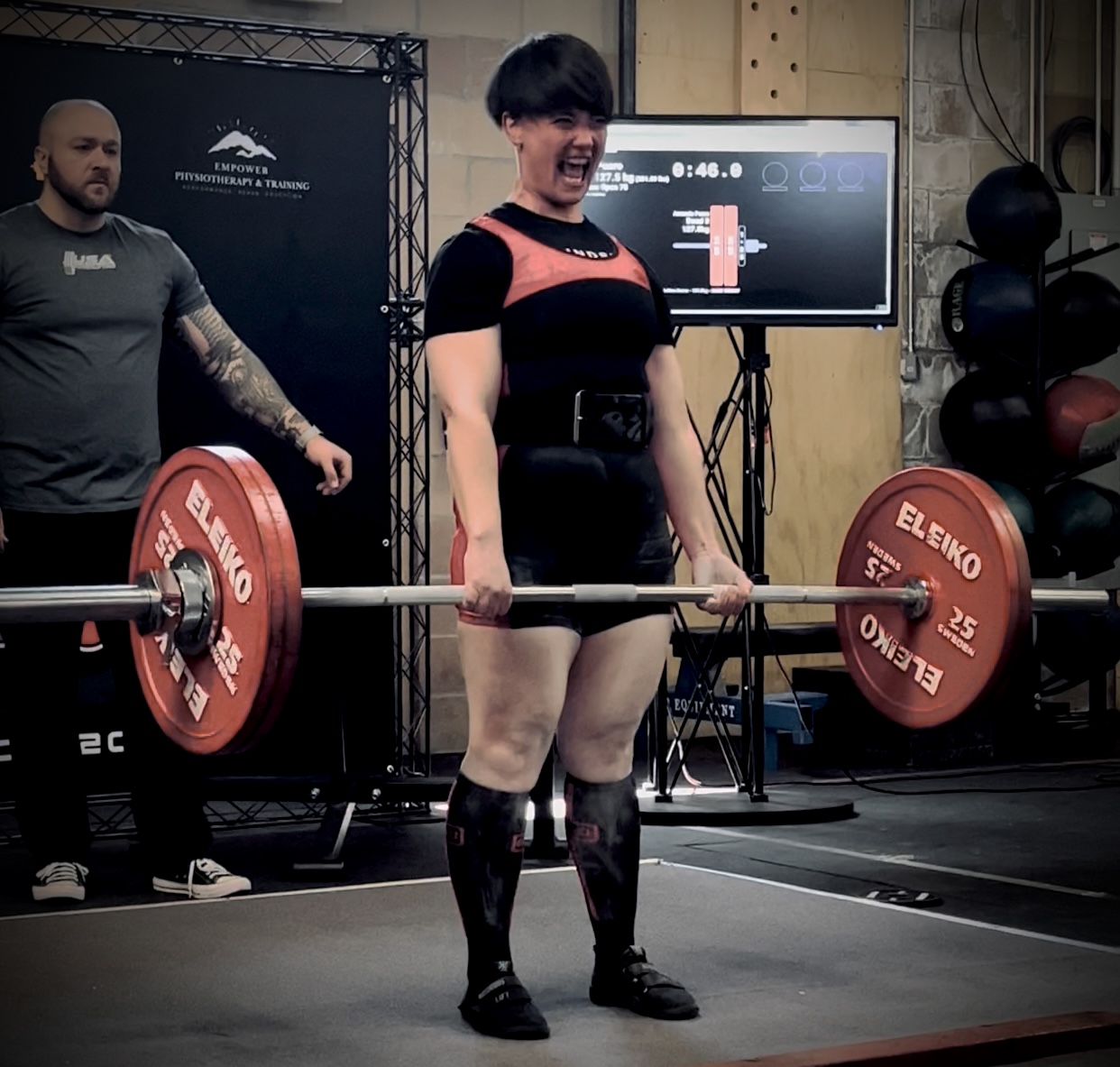Sinking the Bar: a Bench Press Cheat Code?
- Coach AP
- Sep 8, 2023
- 3 min read
Powerlifting is a strength sport that demands precision and technique. Among the three primary lifts—squat, bench press, and deadlift—the bench press is often the most technical. Many seasoned powerlifters are familiar with various bench press techniques, but one that has gained attention in recent years is the "sinking the bar" technique. In this blog post, we'll explore what the sinking the bar bench press technique is, its benefits, how to execute it correctly, and whether it's suitable for everyone.
What is the "Sinking the Bar" Bench Press Technique?
The sinking the bar bench press technique is a method used by powerlifters to optimize their bench press performance. It involves deliberately lowering the barbell lower on the chest than the traditional bench press technique, where the bar touches the chest higher up, closer to the sternum. In the sinking the bar technique, the lifter allows the bar to descend towards the lower part of their chest, often landing around the xyphoid process, where the lower robs meet.
Benefits of the "Sinking the Bar" Technique
Decreased Range of Motion: One of the primary benefits of sinking the bar is the decreased range of motion. This allows powerlifters to make bar contact at the crest of their arch to shorten how far the bar has to travel.
Enhanced Leg Drive: Sinking the bar can help utilize leg drive more effectively. By bringing the bar lower on the chest, you can engage your legs to generate more power when pushing the bar upward.
Reduced Shoulder Stress: Some lifters find that sinking the bar puts less strain on the shoulders because it allows for a more natural and comfortable bar path.
Improved Bar Path: When done correctly, sinking the bar can lead to a more optimal bar path, which can result in increased bench press efficiency and better lifts.
How to Execute the "Sinking the Bar" Technique
Before incorporating the sinking the bar technique into your bench press routine, it's essential to ensure proper form and safety. Here's a step-by-step guide to executing this technique:
Set Up: Begin by setting up on the bench press with your feet flat on the floor, back arched, and shoulder blades retracted. Grip the bar slightly wider than shoulder-width apart.
Unrack the Bar: Lift the barbell from the rack and hold it above your chest with your arms fully extended.
Lower the Bar: As you lower the bar, focus on bringing it down towards the lower part of your chest. When the bar meets your chest, drop your glute drive by about 10-15% to "sink" into the bench. Keep your elbows tucked, and make sure the bar remains in a straight line.
Pause: Pause briefly to maintain control and mimic platform performance.
Press the Bar: Push through your legs and then push the barbell upward with your hands in rapid succession, ensuring a smooth and controlled ascent.
Lockout: Fully extend your arms at the top of the movement, maintaining control throughout.
Is the "Sinking the Bar" Technique Suitable for Everyone?
While the sinking the bar technique can offer several advantages for powerlifters, it may not be suitable for everyone. Factors like shoulder mobility, chest anatomy, and personal comfort play a significant role in determining whether this technique is right for you. It's crucial to consult with a coach or experienced powerlifter to assess whether sinking the bar aligns with your specific needs and goals.
The sinking the bar bench press technique is a valuable addition to a powerlifter's arsenal, offering benefits such as decreased range of motion, enhanced leg drive, reduced shoulder stress, and improved bar path. However, it's essential to remember that not every technique suits every lifter. Experiment with the sinking the bar technique under the guidance of a qualified coach and determine if it enhances your bench press performance. Ultimately, mastering this technique can help you reach new heights in your powerlifting journey.


Comments